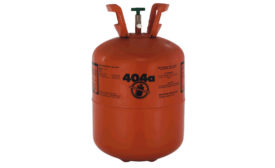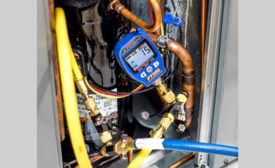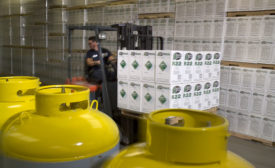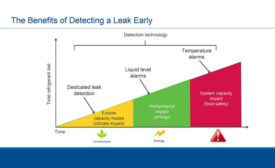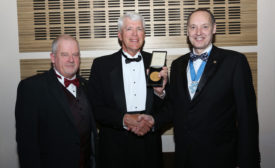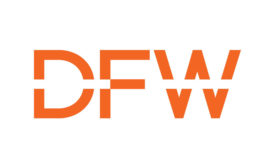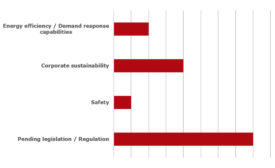Refrigeration
The devil is in the details, and the wrong choice can cause issues now or in the future
Read More
What’s the Latest with R-404A?
As another industry workhorse feels the GWP crunch, contractors look at alternatives
Read More
The Value of Refrigerant Recovery Incentives
Is pay to play a proper way to increase reclaim rates in preparation of the final R-22 phaseout deadline?
April 10, 2017
Beat Leaks with Detection, Notification, and Monitoring
Leak-control programs spur reclamation by keeping refrigerant in the system
Read More
Former ASHRAE President Thomas Watson Honored by Institute of Refrigeration
Receives J&E Hall Gold Medal Award for work with chillers, heat pumps
April 4, 2017
DFW Airport Adding Cargo Refrigeration Facilities
New cold chain storage equipment optimizes airport for shipping perishable goods
April 4, 2017
Spring is Here! But the R-22 Isn’t
What’s behind the low reclaim numbers, and what can the industry do about it?
Read More
Taking the ‘Trouble’ Out of Troubleshooting
The right attitude and a willingness to learn can make tough jobs easier
April 3, 2017
CO2 Refrigerant: Acceptance Grows, Challenges Remain
Survey points out drivers, barriers in commercial and industrial applications
Read More
Copyright ©2024. All Rights Reserved BNP Media.
Design, CMS, Hosting & Web Development :: ePublishing

